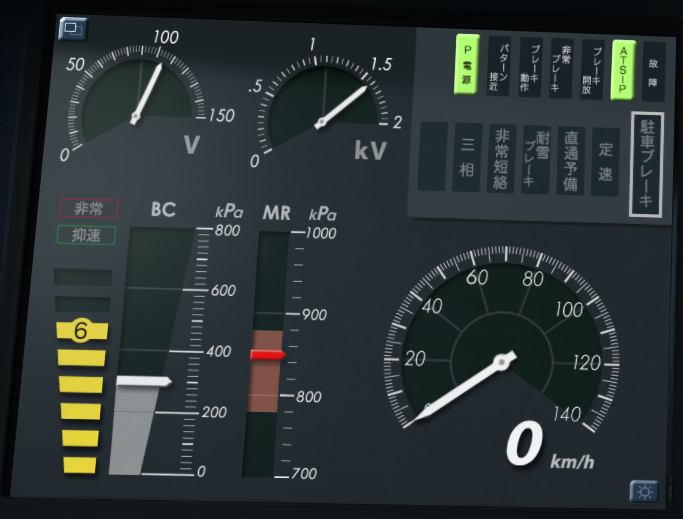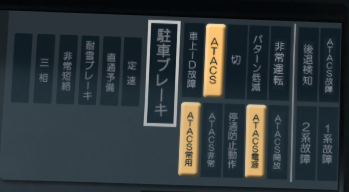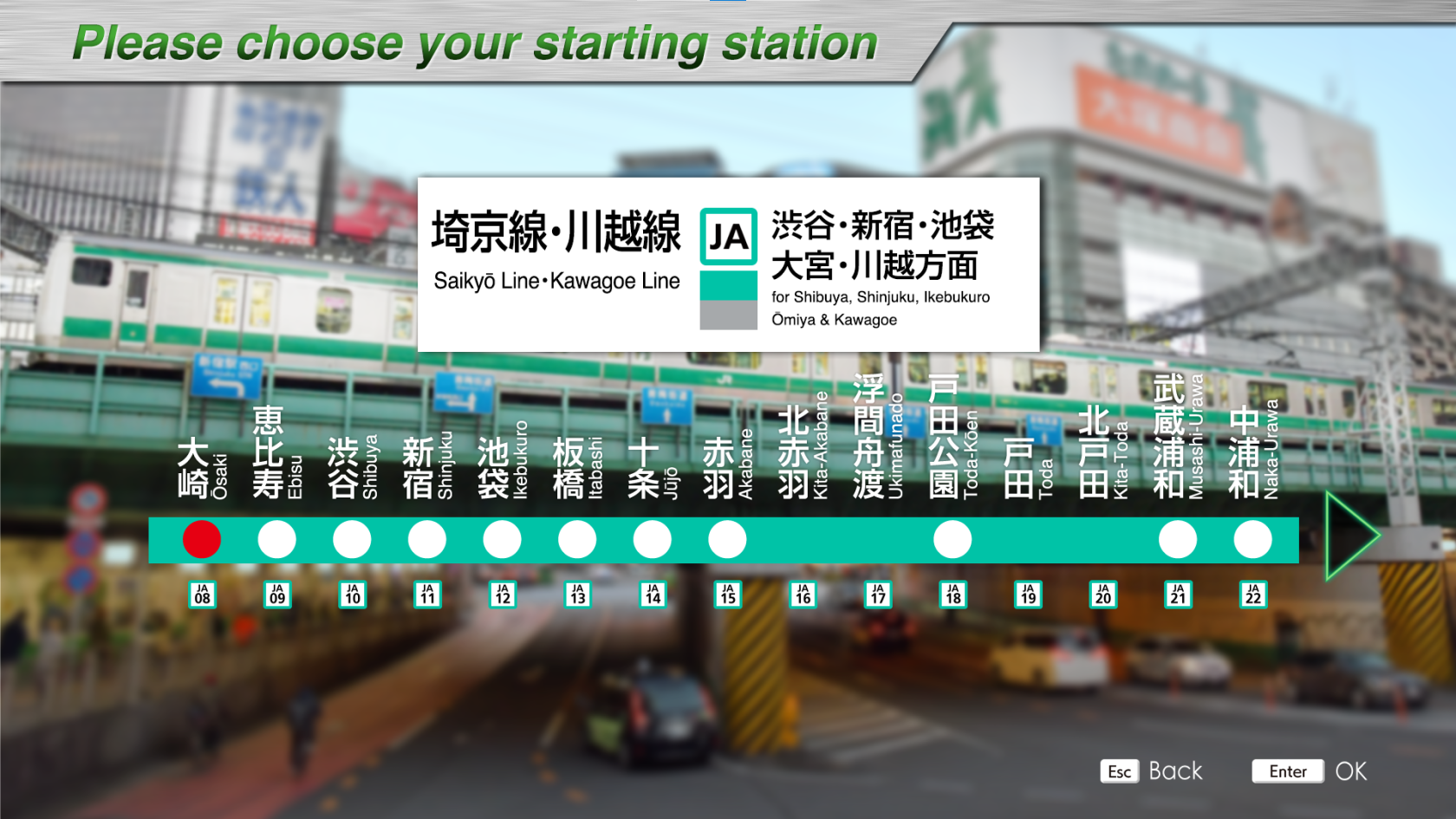Saikyo-Kawagoe Line
Introducing
The Saikyo and Kawagoe Lines are one of the major commuter lines in the Tokyo metropolitan area, running from Osaki Station via Omiya Station to Kawagoe Station. From Osaki Station, the lines provide direct service to the Tokyo Waterfront Area Rapid Transit Rinkai Line in the direction of Shinkiba Station, and from Hazawa yokohama-kokudai Station to the Sotetsu Line in the direction of Ebina Station. This DLC includes only the Saikyo Line and Kawagoe Line between Osaki Station and Kawagoe Station.
The automatic train protection system switches twice on the way. (ATS-P between Osaki and Ikebukuro stations, ATACS between Ikebukuro and Omiya stations, and ATS-P between Omiya and Kawagoe stations)
The first half of the train runs through an office district in central Tokyo, the middle part through a bed town, and the latter half through a rural landscape with fields. Please enjoy the changing scenery along the line.
Key data
- Line length: 53 km
- Number of stations: 24
- Safety system: ATS-P / ATACS
- Train model: E233-7000 series (10 cars)
- Max speed :
- Osaki~Ikebukuro : 95km/h (ATS-P)
- Ikebukuro~Omiya : 100km/h (ATACS)
- Omiya~Kawagoe : 95km/h (ATS-P)
- Max speed after signals:
- Reduced speed (green/yellow): 75 km/h
- Caution (yellow): 55 km/h
- Speed restriction (yellow/yellow): 25 km/h
- Routes:
- Osaki ~ Kawagoe (1349F) : "Rapid" - 20 stations - 53 km
- Osaki ~ Omiya (759K) : "Local" - 19 stations - 36.1 km
- In-train announcements : Yes
- Driver announcement (pointing-and-calling) : No
Console detail
Apart from the pocket watch and the door-closing indicator in the center of the console, there are 2 displays.
 The first screen (train technical info) displays electrical voltages and various indicators at the top.
The first screen (train technical info) displays electrical voltages and various indicators at the top.
The bottom area contains:
- Brake level and indicators for emergency brake in red (非常) and speed limit in green (抑速)
- Brake cylinder pressure (BC)
- Main air reservoir pressure (MR). Note that if this falls below the red zone (780kPa), the compressor starts up.
- Speed dial.
The top line of indicators are those for ATS-P. Here are the translations of the bottom line:
-
3-phases (三相)
-
Emergency short-circuit (非常短絡)
-
Snow resistant brakes (耐雪ブレーキ)
-
Safety Brakes (直通予備)
-
Cruise control (定速)
-
Parking brakes (駐車ブレーキ)
 One of the special features of this line is that the security system changes twice during the journey. There is an ATS-P -> ATACS passage at Ikebukuro station and an ATACS -> ATS-P passage at Omiya station.
One of the special features of this line is that the security system changes twice during the journey. There is an ATS-P -> ATACS passage at Ikebukuro station and an ATACS -> ATS-P passage at Omiya station.
So, here are the translations of the indicators, when ATACS is the safety system:
|
|
Consult the MON/TIMS/INTEROS screen page for more details about the TIMS screen.
Movie
Useful links
Wikipedia : https://en.wikipedia.org/wiki/Saiky%C5%8D_Line - https://en.wikipedia.org/wiki/Kawagoe_Line
Driver's guide: https://docs.google.com/spreadsheets/d/19VHpK5h7H3n8Hz5P7kCW_TY1h1sVssaQaJRo5FnO2Ww/edit#gid=382527808
Timetable (in japanese): https://docs.google.com/spreadsheets/d/19VHpK5h7H3n8Hz5P7kCW_TY1h1sVssaQaJRo5FnO2Ww/edit#gid=1077796001

